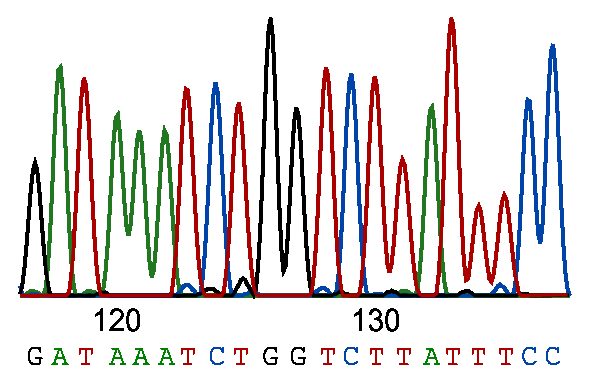Sanger Sequencing
Sanger sequencing is a molecular biology lab technique used to determine the
sequence of nucleotides in DNA. It is named after Fred Sanger, who developed
the process in 1977. The method involves breaking down DNA into short fragments,
sequenced using chemical methods. This allows scientists to determine the order
of nucleotides in a strand of DNA. Sanger sequencing is one of the most common
techniques used for genetic analysis. Here, we'll provide an overview of how
the process works.
1. Fragmenting DNA
The first step in Sanger sequencing is to fragment the DNA. This can be done
using various methods, including physical or chemical means. One common method
is to use enzymes that break down DNA at specific sequences known as restriction
sites. Once the DNA has been fragmented, it is ready for sequencing. Molecular
biology lab services can provide the DNA fragments you need for sequencing.
Also, always remember to use safety precautions when handling DNA.
2. Adding Sequencing Primers
The next step is to add primers to the DNA fragments. These short pieces of DNA
serve as a starting point for sequencing. The primers are added to the DNA in a
process known as PCR (polymerase chain reaction). PCR is a method of amplifying
DNA using enzymes. Once the primers have been added, the DNA is ready for
sequencing.
3. Sequencing the DNA
The final step is to sequence the DNA. This can be done using a variety of
methods, including Sanger sequencing. In Sanger sequencing, a special enzyme adds
dideoxynucleotides (ddNTPs) to the DNA fragments. These ddNTPs stop DNA
replication when they are incorporated into the DNA strand. The DNA fragments
are then separated according to size on a gel. This allows scientists to
determine the sequence of nucleotides in the DNA.
By following these steps, you can sequence DNA using the Sanger method. This
technique is a valuable tool for genetic analysis and can be used to study
various important biological processes.

תגובות
הוסף רשומת תגובה